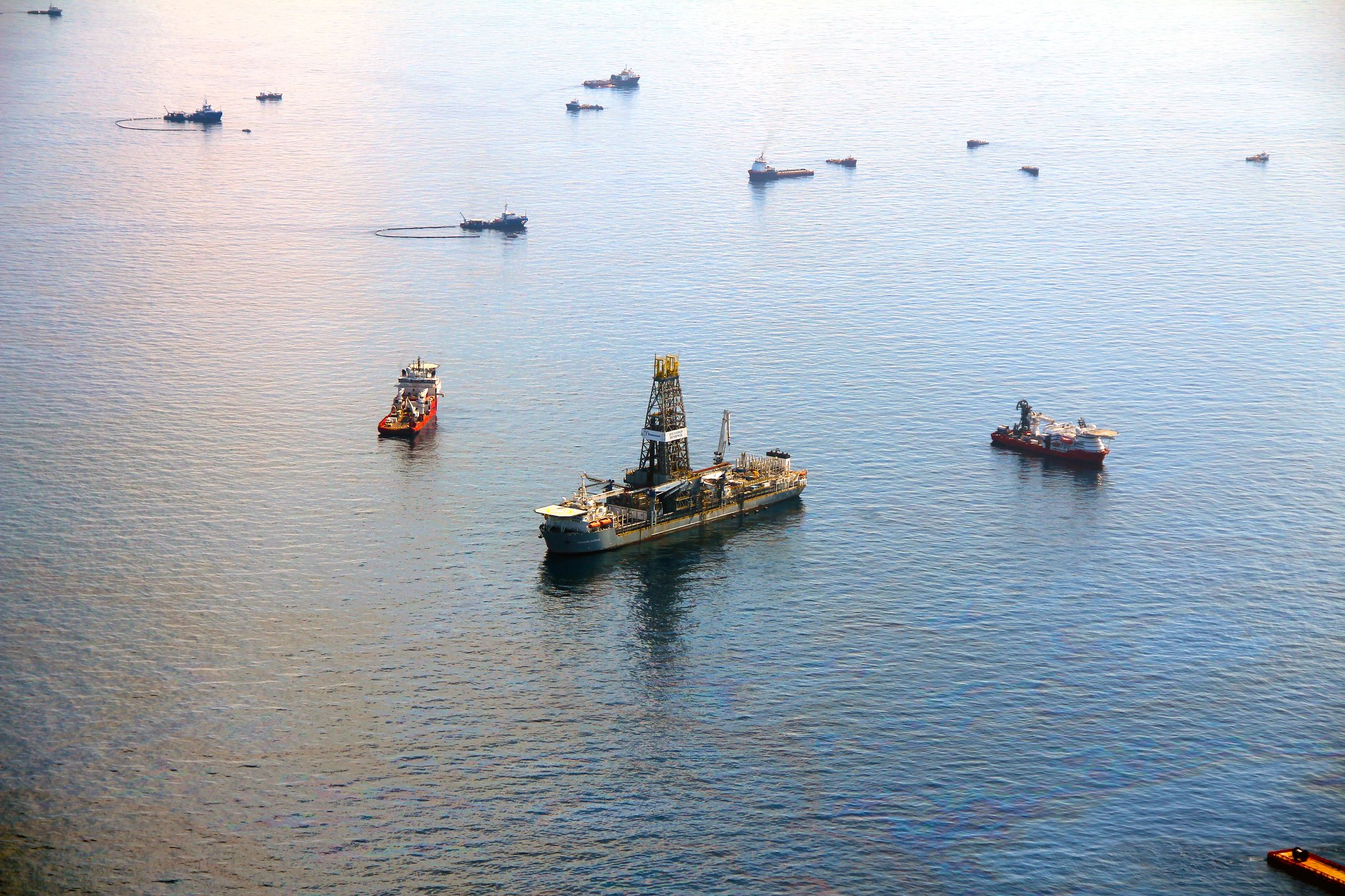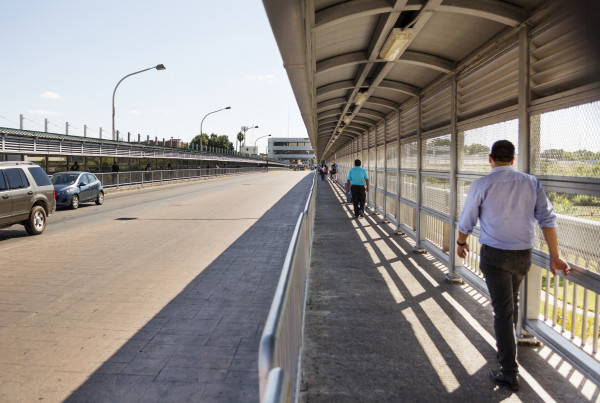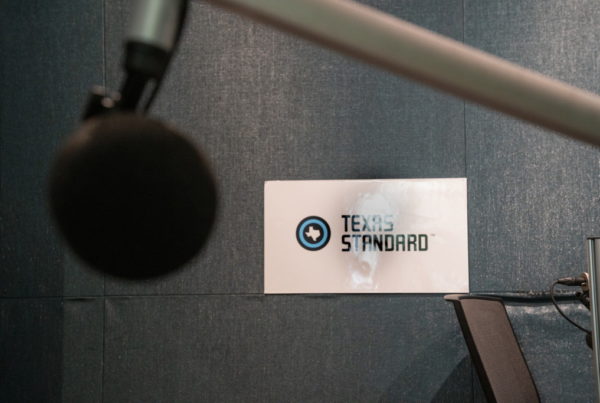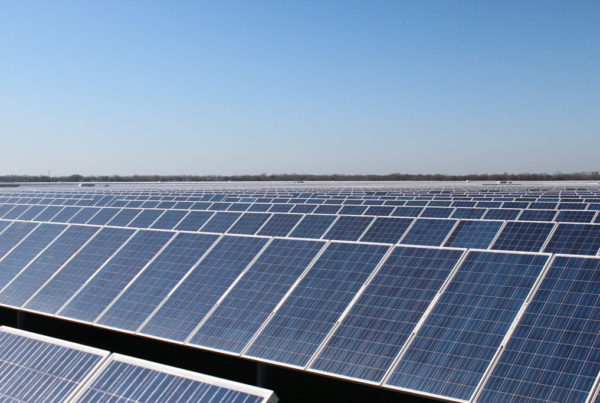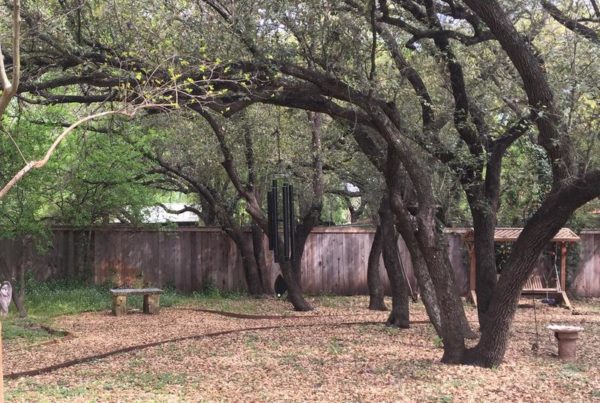It’s been almost a decade since an explosion on the Deepwater Horizon oil rig caused nearly five million barrels of oil to leak into the Gulf of Mexico. It was a catastrophe for Gulf ecosystems and, even now, wildlife still tend to avoid the site. But there are a couple of notable exceptions, according to a new report from the Louisiana Universities Marine Consortium.
Tristan Baurick, environment reporter for the Times-Picayune/New Orleans Advocate, says some deep-sea shrimp and red crab looking for potential mates are turning up at the site, only to find sickness and death, due to oil spill contamination.
“That was actually a big surprise for scientists because they are so used to coming on these old abandoned rigs and seeing them just populated with all kinds of coral and sponges and a lot of life,” Baurick says. “But the remnants of the Deepwater rig are pretty much empty. There’s really no life but these sick and dying crabs and shrimp.”
The chemicals released by the rig after the explosion mimic the sex hormones the shrimp and crab rely on to find mates, Baurick says. But once they arrive, they grow sick, and eventually die.
“There’s not much there,” he says. “There’s no food, so these animals just wander around looking for mates, and then they get contaminated with the oil and get really sick.”
Baurick says the Deepwater Horizon site hasn’t been studied much, so it’s unknown how the damage to deep-sea shrimp and crabs affects the overall food chain.
“These particular types of animals are not commercially fished, because they’re such deep-sea animals, but they’re a part of the food chain, and so other animals are eating them, and that contamination moves up the food chain,” he says.
For scientists, the irony of creatures seeking mates, but finding death was a depressing one, Baurick says.
“They are so used to seeing these deep water areas that are not rich with life, but they are healthy places,” Baurick says. “And then to go to this site and to see how desolate it was, and to see all these sick and dying crabs and shrimp, they say it was a pretty depressing site to look at.”
Written by Antonio Cueto.


